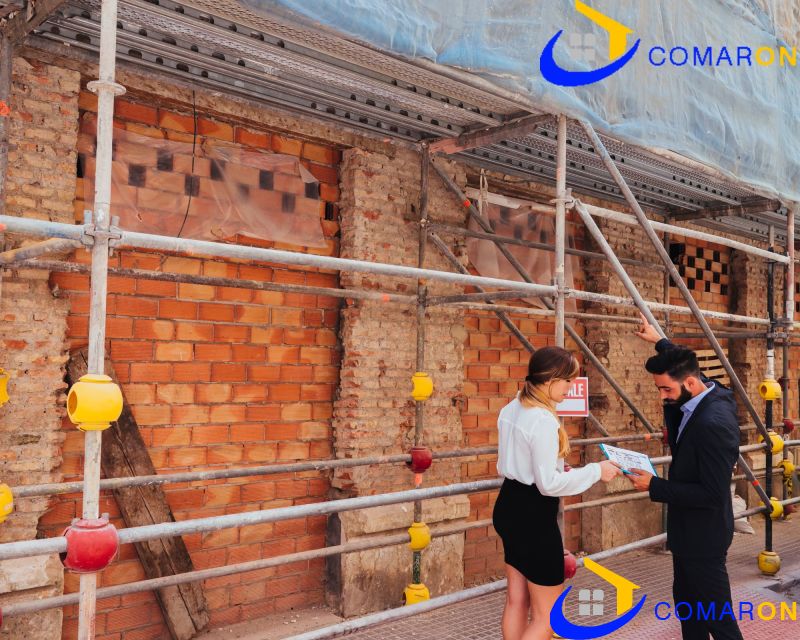
Red Bricks vs. Fly Ash Bricks
Bricks lay down the basic structure of any building. They do form the erection of a construction, on which different materials like concrete, plaster, and finishing wall paintings are applied.
Hence, in order to put up a building, first-class bricks are required. Red bricks and fly ash bricks are there in this context.
In modern usage, the term "brick" refers to any stone- or clay-based building unit that is linked with cementitious mortar when used in construction. Officially, the name "brick" refers to a building unit constructed of moulded clay. Bricks come in a variety of thicknesses and are typically 8 inches long and 4 inches broad.
know More about Siporex Bricks Size and Price
Six different types of bricks are as follows:
1. Clay bricks
2. Sand lime bricks
3. Concrete bricks
4. Fly ash bricks
5. Red Bricks
6. Engineering bricks
Flint lime bricks are often referred to as sand lime or calcium silicate bricks. Calcium and silica make up their composition. These bricks are not burned to make them harder. Instead, they undergo chemical treatments to make them harder. Bricks may be colored in a variety of ways by adding different pigments, including black, green, grey, red, brown, and yellow.
Cement, aggregates, and water are the ingredients used to make concrete bricks. Because concrete wall panels are readily available, they are not extensively used.
These are composed of cement, fine aggregate, water, and fly ash of class C or class F. All of the components are combined, put under high pressure to compress them, and then cured at room temperature. Later on, the fly ash in the bricks gives the bricks more durability.
Alumina (25 to 35%) and silica (65 to 75%) are the main ingredients in fire bricks. The bricks' superior performance at high temperatures is due to the high concentration of alumina they contain. Magnesium, calcium, and iron are among the other contaminants that are kept to less than 5%.
Specialized bricks with a high compressive strength and low porosity are known as engineering bricks.
Clay bricks (red bricks) are additional porous as compared to Fly ash bricks.
On the other hand, fly ash bricks are lighter in weight as well as less expensive than clay bricks.
Fly ash bricks are prepared from waste materials which originate from the burning of coal in thermal power plants.
At the same time, clay bricks are prepared from clay which is accumulated from fertile land or the top soil.
In all sides, fly ash bricks are better as compared to clay bricks. They are environment-friendly since the maximum component is ash and they have superior strength to red bricks. We can select fly ash brick, which is the finest brick for home construction.
First-class bricks are the top quality. They have a smooth surface as well as precise edges, and they work well for everlasting constructions. Second-class bricks also contain good strength and toughness, but they are not as smooth as well as do not have quality edges the similar way first-class bricks do.
The high amount of calcium oxide marks class C fly ash make it the greatest among the forms of bricks applied in construction for pillars, foundations along with walls.
Making fly ash bricks are one such technique; these bricks are not injurious to health and the environment plus they are very beneficial as a construction material.
The reason is that fly ash bricks contain low mechanical strength. One more major factor is the restriction on size of fly ash bricks. Simply small and modular sizes of bricks are potential. Larger size of bricks will contain more breakages.
Burnt Clay Brick:
The most general types of bricks applied in construction are based on clay as the material. These embrace burnt clay brick as well as fire clay brick. These are typically referred to as common brick.
There are normally only two types of holes in a brick: core holes as well as frogs (also mentioned to as recesses). Frog bricks encompass one partially indented hole letting a smooth finished look. However, core holes bricks are usually bricks that have three holes placed uniformly in the center of a brick.
Without a doubt, fly ash bricks are more water-resistant, structurally stronger, and long-lasting than red bricks. They are also superior insulators. However, not utilising them as frequently has a variety of causes, particularly in India:
First off, even if using fly ash bricks reduces project costs overall, they are still more expensive than red bricks, and the notion is unpopular with the impoverished majority. Second, red bricks are more widely accessible than flay ash bricks, which are not. Transporting fly ash bricks raises their price, which was already greater.
Thirdly, the only practical sizes are modular ones. Larger blocks can break easily. If a few bricks are taken out to provide room for the running of pipes, wiring, etc., it may result in future breaking since the outside surface is tougher than the inner core.
Fourthly, fly ash isn't something that local labourers are especially familiar with. As a result, many builders think it's a poor decision.
Fifthly, because fly ash bricks don't absorb much heat, houses made of them grow extremely chilly in the winter.
Sixthly, quality production is necessary for fly ash bricks to be good.
Seventhly, they necessitate cement production, which raises cement demand. In turn, cement manufacture is not environmentally beneficial.
Finally, fly ash poses a health risk. It contains chemicals that can enter your lungs and adhere there, harming them permanently. Fly ash contains crystalline silica, which is a recognised carcinogen.
Know More About Red Bricks Price for Construction
Lot of Material Required to build Super structure. Comaron Gurgaon provides you all the product related to Super structure for any construction.
DetailsBeautiful Gates and Compound wall design are avaible in the market. Comaron Gurgaon provides complete solution
Details